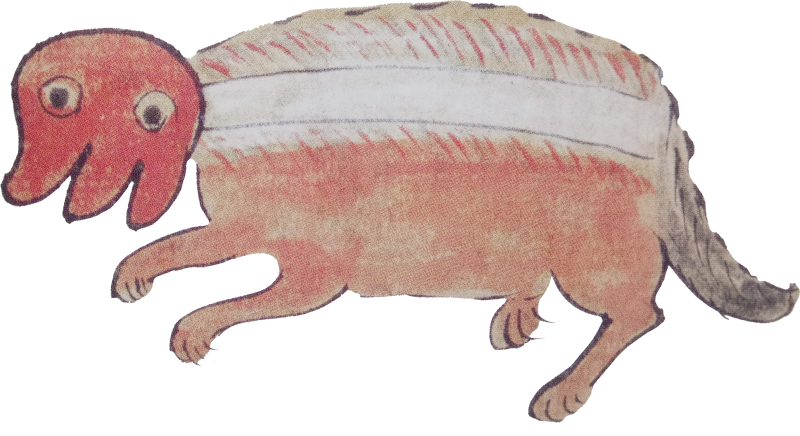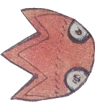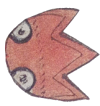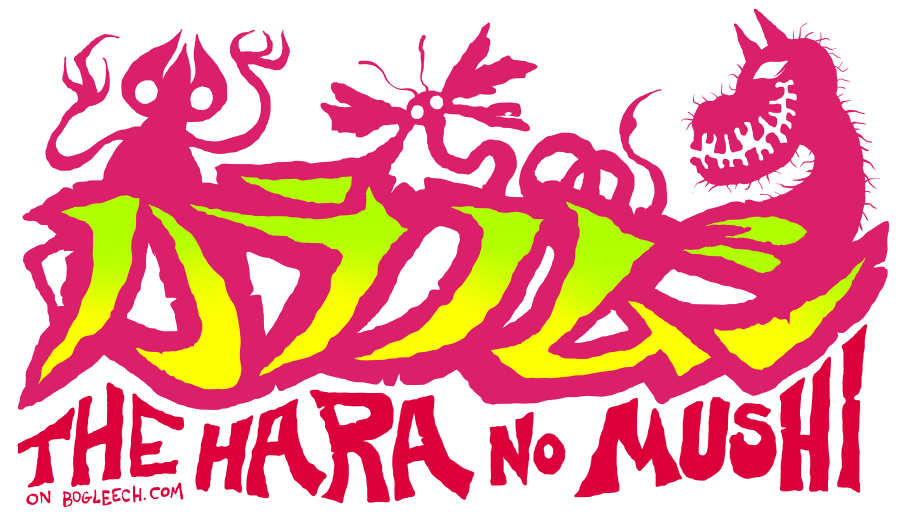
DAY TWELVE: KISHAKU
("Spirit Mass")
Written by Jonathan Wojcik, Researched and Translated by Rev Storm
Design Review:
PUPPY!!!
TODAY'S REAL WORLD PARASITE:
Fasciolopsis buski

Now this one has to have been the real, actual inspiration for today's Belly Bug; not only is this fluke mostly pink or reddish with a pale "stripe," (the central line of its own internal organs) not only is it found almost all over the world and not only does it inhabit the digestive tract, but in stark contrast to the blood flukes we saw yesterday this thing is a GARGANTUA. Sure, it pales in comparison to its distant tapeworm cousins who can grow several meters in length, but most flukes that can infect us humans are nowhere near the 2-4 inches buski can attain. If our author studied any real parasites at all, this would have been by far one of the easiest to observe, and in no short supply either...as we'll get to.
The problem is, you don't get this parasite from greasy, oily meat. It's a good enough guess since pigs are its other primary host, and if you're finding the same weird, red intestinal worm in both regular pork and long pork, you can't really be faulted for assuming meat consumption might play a role.
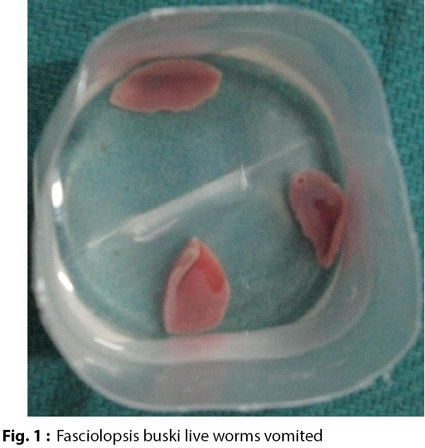
Put them back :( its cold out here :(
However, we mentioned yesterday that aquatic snails are the preferred intermediate host of flukes, and that still stands, with an insidious twist! After breaking free of a snail, buski larvae encyst themselves on aquatic vegetation, waiting for that vegetation to be consumed by either a human or a pig host. Aquatic plants such as lotus, water chestnut or bamboo, for example, all especially prevalent in the traditional Japanese diet. In fact, since it's also grown in shallow water under naturalistic conditions, it's likely that intestinal fluke cysts could easily find their way into poorly treated rice at one time. How interesting that a mostly vegan diet was so specifically recommended to prevent "Kishaku," which can only mean ONE THING...
You co-authored your own entry, didn't you! BAD!!!! THAT'S A BAD BOY!!!
